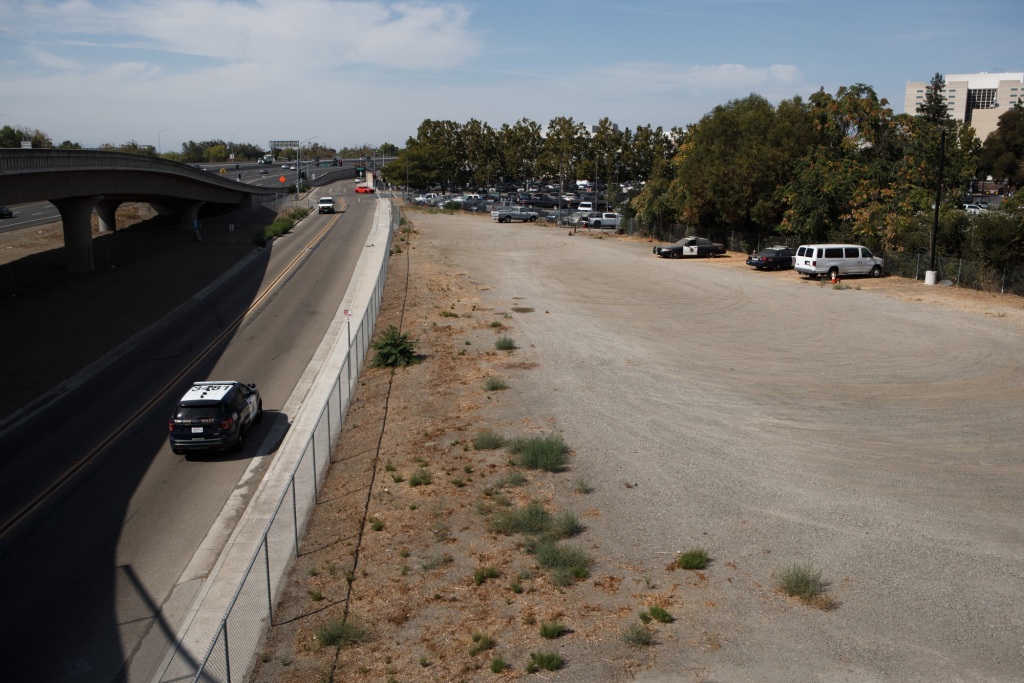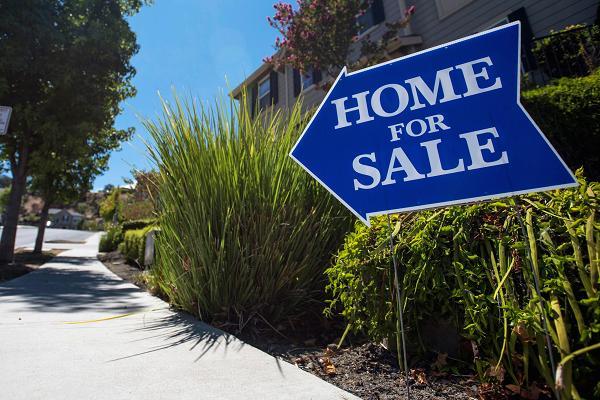When Claudine Sipili first saw the “booger green” and other drab colors San Jose proposed painting its newest short-term homeless housing, she immediately worried no one would want to live there.
For Sipili, who herself has been homeless and in and out of shelters, jail and treatment centers, the color scheme brought back visceral and unpleasant memories of staring at similarly painted institutional walls. So she steered city officials instead toward a burnt orange and purple pallet that reminded her of a sunrise — and a new beginning.
“Colors matter,” Sipili said. “There’s some colors that are more vibrant and tend to draw out motivation from people and draw out community.”
For Sipili, it also represents a major step forward for San Jose — for the first time, city leaders are getting unhoused and formerly unhoused people involved in the ground-up design, construction and management of a new transitional housing program intended to serve about 76 people currently living in encampments in and around the beleaguered Guadalupe River Park. The strategy is part of a growing movement in the Bay Area and beyond to listen to the voices of people who have lived through homelessness. Oakland is working with a group of unhoused residents on another project using rudimentary tiny homes, and multiple nonprofits have added advisory boards of people who have been homeless.
“Too often we design projects for people and not with people,” said Ray Bramson, chief operating officer of Destination: Home, which created a Lived Experience Advisory Board in 2018. “And the systems and services and housing that works best are designed with people so you’re meeting their needs too, it’s not just what you think.”

San Jose City Council voted unanimously to move forward with the Guadalupe project Tuesday, with Councilman David Cohen absent. It will be 16 prefabricated modular units, where homeless residents — who live there temporarily until they secure long-term housing — each have their own room and private bathroom. San Jose already has built three such pre-fab modular shelters during the pandemic.
The new shelter will sit on a city-owned parking lot off West Taylor Street near the police station, just across State Route 87 from the Guadalupe River Park — where city leaders are struggling to deal with large homeless encampments. During the pandemic, tents, makeshift shacks and piles of trash have multiplied by the river and along the park’s gardens and trails, leading to complaints from local residents who no longer want to spend time there. At the same time, the Federal Aviation Administration has ordered San Jose to remove about 200 people who are camping on land between the airport and the park. The city must comply next year or the airport could lose millions of dollars in federal funding.

In addition to state funding and philanthropic donations, San Jose received a $1 million grant from local nonprofit Destination: Home for the new shelter project, which came with a requirement that the city work with people who have been homeless. Sipili, a founding member of Destination: Home’s Lived Experience Advisory Board, is heading up that effort. Over the past several months, she and fellow LEAB members have been visiting San Jose’s other three emergency housing sites to get feedback from residents, and meeting with city officials to share feedback on the new project. Sipili said she’s met with Jason Su, executive director of the Guadalupe River Park Conservancy, to discuss setting up a program where residents of the new shelter site could be paid to help clean up Guadalupe River Park. She also sits on the panel that will pick the nonprofit to operate the site.
These modular shelters, which cost less than $110,000 per unit and can go up in a matter of months, play a key role in San Jose Mayor Sam Liccardo’s plan to curb homelessness in his city. He wants to build hundreds more such units by the end of next year.
“We can build these units much faster and we can do it much more cost-effectively than we’ve ever done before,” Liccardo said during a media briefing Tuesday.
In addition to building them faster, Sipili hopes with her help, the city will build them better. Among other changes she’d like to see, Sipili plans to push the city to require that people who have experienced homelessness be hired as staff in the new shelter site, so residents will feel more comfortable talking to them.
To Ragan Henninger, deputy director of San Jose’s housing department, working with people like Sipili is a no-brainer.
“The private sector has been soliciting feedback from its customers forever, and so it seems like an obviously, or an aha,” she said. “Why isn’t the nonprofit sector continually seeking the feedback and advice of its customers?”



![]The Promise Cycle Is Your Way Out of Uncertainty](https://dumbcapital.com/wp-content/uploads/2021/02/12264/the-promise-cycle-is-your-way-out-of-uncertainty.jpg)






